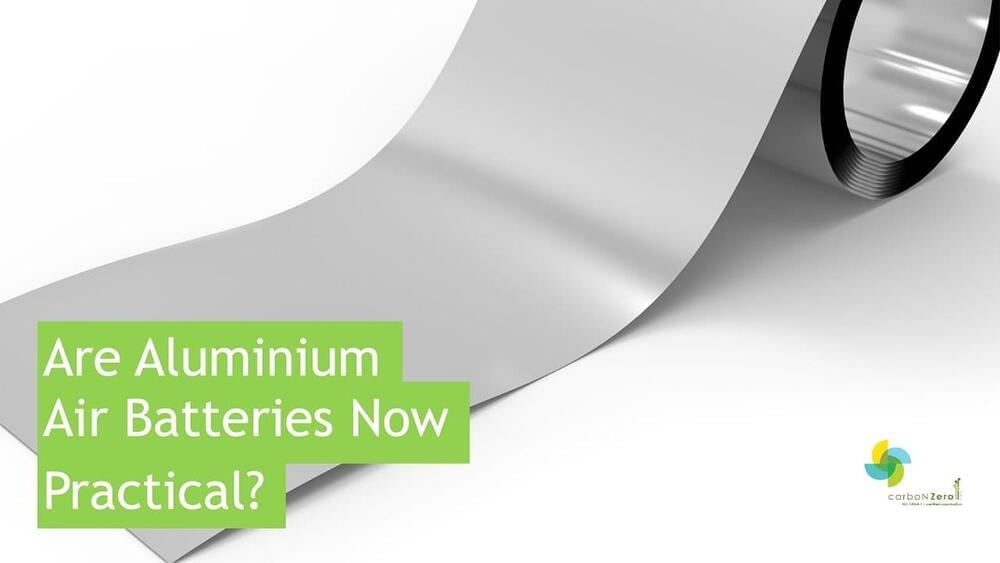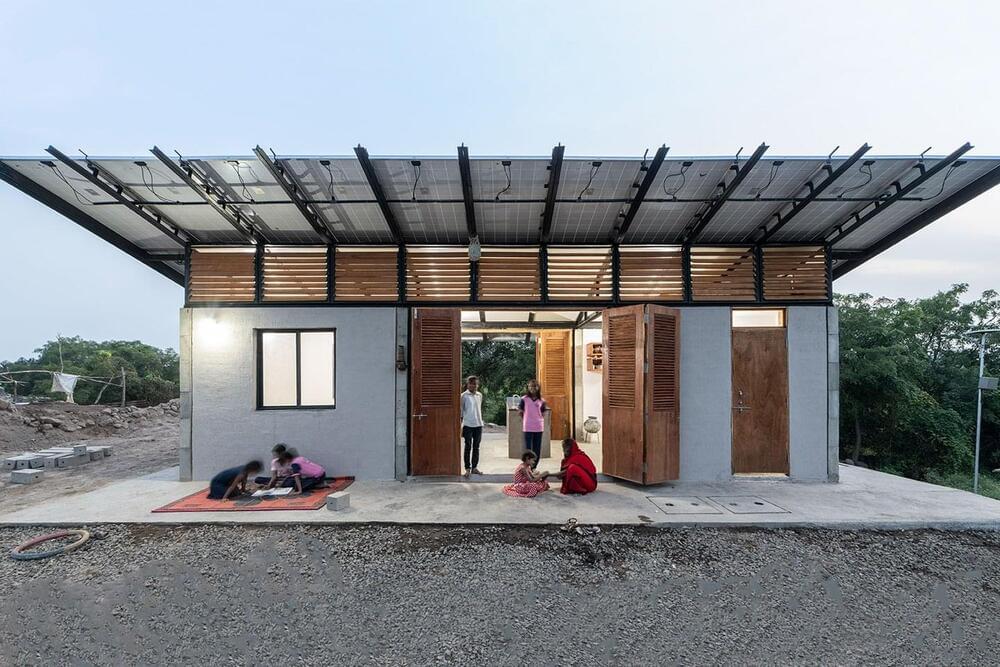A wind turbine sitting idle on a calm day or spinning swiftly when power demand is already met poses a problem for renewables, and is one researchers think can be tackled under the sea.
In one vision, offshore wind farms could use seawater to essentially store energy until it’s needed, helping wean humanity off fossil fuels.
“We came up with a solution that we call the ocean battery,” Frits Bliek, CEO of Dutch startup Ocean Grazer told AFP while showing off the system at the CES tech fair in Las Vegas.









